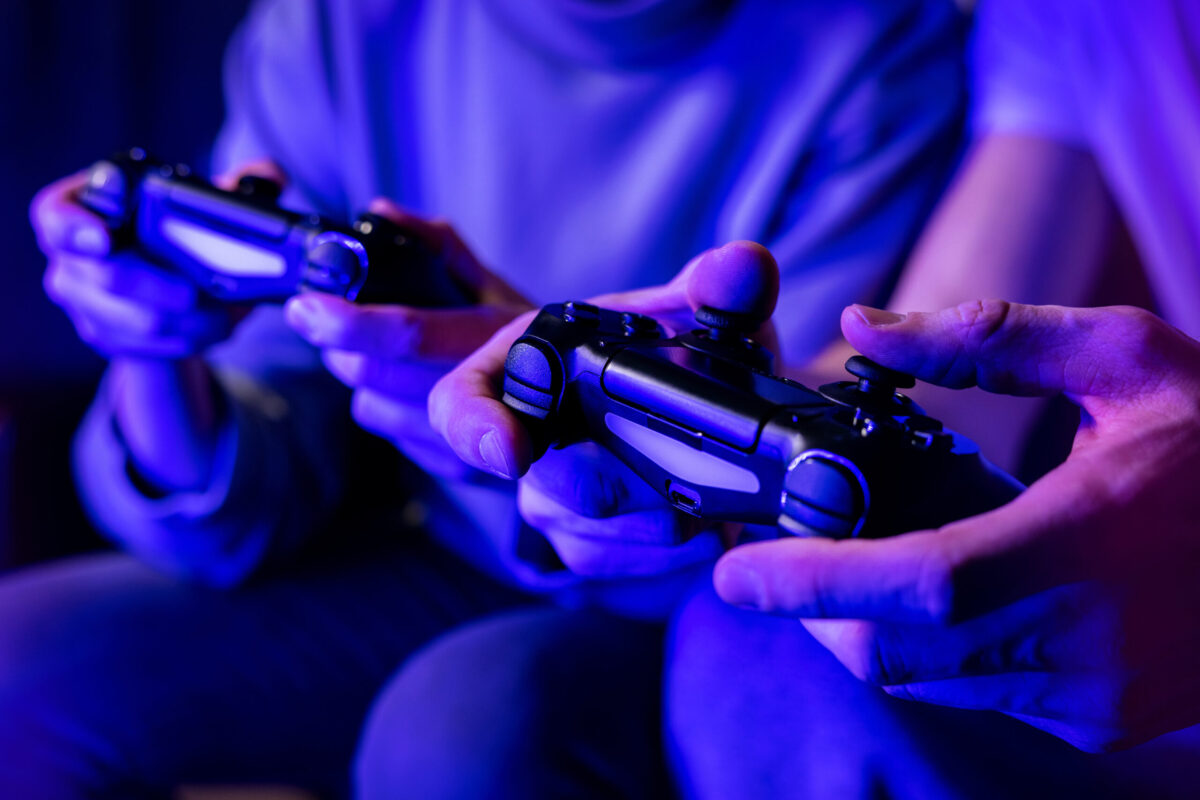When the Law of Scientific Evidence Collides with Medical Practice
By Barbara Pfeffer Billauer
Approaches to resolving scientific evidentiary issues continue to diverge throughout the country.[1] A prominent recent example includes the rejection of the medical diagnosis of Shaken Baby Syndrome (SBS) to reflect disparate views in the scientific, medical, and legal communities.
Under guise of making a scientific evidentiary ruling, a New Jersey court has just dismembered the medical diagnosis of SBS, with the judge disavowing the condition’s validity. The decision concerned two babies, both under one year old, who suffered devastating neurological injuries while under the care of their fathers.
SBS affects over 1,000 U.S. babies yearly. In approximately 25% of these cases, the baby dies. Where the shaken baby survives, the majority suffer lifelong disabilities. The diagnosis is codified by several states, including the California legislature under its Health and Safety Code as “a medically serious, sometimes fatal, matter affecting newborns and very young children,” and is generally prosecuted as a form of child abuse.
Nevertheless in the recent Nieves case, the NJ appellate court, relying on the Frye decision, rejected the testimony of the examining physician and dismissed the case against the alleged perpetrator, the child’s father, without submitting it for jury consideration.[2] Holding that the medical diagnosis was not embraced by the consensus of scientific opinion, the court turned a blind eye to 14 international medical organizations with consensus statements attesting to the validity of the diagnosis. Instead, the court relied on two individual medical doctors and a supposed consensus in the biomechanics community to support its decision. Because the condition involved two competing fields of science, medicine and biomechanics, the court ruled the proponent must establish cross-disciplinary validation to establish reliability.
The entangling of the Frye case standards with the Daubert rules of expert admissibility by the court, the comingling (misunderstanding and misuse) of the terms validity and reliability, and the misapprehension of the practice of medicine underlie this potentially disastrous decision and beg for a far longer analysis than can be expended here. Nevertheless, certain givens emerge.
Reliability is the hallmark for admissibility under the Daubert standard. (It means repeatability and assurance that the results are not the result of accident or chance. Validity, on the other hand, goes to the scientific plausibility of the theory or practice. The terms are not synonymous and not interchangeable.)[3] The Frye case, by contrast, relies on the existence of a consensus within the relevant scientific community on which to leverage admissibility of expert testimony.[4]
The evidentiary inquiry begins with assessing whether Daubert and Frye criteria are even relevant in this analysis. These precedents were implemented to ferret out junk science[5] from the courts by helping judges navigate emerging issues in scientific/medical practice.
Frye, decided in 1923, pertained to admissibility of evidence generated by a newfangled contraption, a lie-detector prototype. Based on its novelty, the Frye court rejected evidence adduced by this “truth-machine” as not being generally accepted by the scientific community. Seventy years later, Daubert addressed epidemiological evidence. Putting the onus on the trial judge as “gatekeeper” to determine the reliability of the evidence and regulate what is allowed into the courtroom, Daubert held that scientific consensus was only one of five non-exclusive and not mandatory rubrics by which judges can evaluate testimony.
Since SBS is hardly a novel diagnosis and the medical community as a whole is uniform in its support and has not changed its stance, Frye was perhaps improperly invoked, other than perchance to question the admissibility of the very evidence used to dismantle the diagnosis. Further, the sine qua non of Frye was to prevent incursions into the province of the jury — precisely the trap the NJ court trips on in Nieves.
The rationale for revoking the validity of the SBS diagnosis — which would preclude conviction — argues that causes of the condition (manifested by objective brain damage, including skull fracture, subdural hematoma, brain and retinal hemorrhage, retinal tearing, and shearing of nerve cell branches), cannot be experimentally verified, and hence the diagnosis itself lacks reliability. The statement is meaningless, since the diagnosis is easily reproducible, as is the methodology for reaching it.
In the NJ case, upheld on appeal, biomechanical experts testified, per the ostensible consensus in their community, that the forces involved in shaking aren’t sufficient to generate the objective damages seen on X-rays, and hence no reliable data exists to support the diagnosis. They testify to the absence of proof, not to proof of impossibility. Nevertheless, the court ruled that “where, as here, the underlying theory integrates multiple scientific disciplines, the proponent must establish cross-disciplinary validation to establish reliability.” (As I have written elsewhere, consistency in science, even within medical specialties, is hardly a given, and its expectation in disparate fields of science is, hence, hardly appropriate.)
Medically, the SBS diagnosis is made only after a detailed physical examination and exclusion of all other possible causes via a well-accepted diagnostic technique called “differential diagnosis.”[6] While sneered at dismissively by the NJ court, this method — part of the medical curriculum — legally has been ruled a valid methodological technique by other courts, even when the diagnosis is rejected. In SBS, the examining physician is presented with a baby with horrific injuries and can find no other possible cause — reminiscent of the res ipsa case.[7]
Rejecting a diagnosis because a causal mechanism cannot be reliably proven, is, in fact, incongruent with medical practice. Indeed, validating the external cause or etiology of a diagnosis or condition is not a requisite standard of medical care. In the occupational disease context, for example, the precise cause often cannot be determined — except on unverifiable (and unreliable) history — or autopsy. Thus, asbestosis is diagnosed on an X-ray findings of pulmonary fibrosis — i.e., generic scarring — plus an unverifiable history of asbestos exposure. Objective indicia of asbestos exposure are not required to verify the condition. This does not negate the diagnosis. Some brain traumas, such as Chronic Traumatic Encephalopathy (CTE) caused by sports-related injuries occasioned years prior to presentation, are also only diagnosable post-mortem or on unreliable history. Again, that the originating cause cannot be verified does not negate the diagnosis. In apparent ignorance of medical practice, some legal academics, jurists, and practitioners argue otherwise – at least in the isolated case of SBS.
Further, experimental results from tests in dolls or animals, used to sustain the claim that shaking forces without impact are incapable of causing the harms presented, are not transferrable to infants. Finally, humans can react in an unpredictable fashion, even in an extreme manner, when subjected to external stimuli or provocation. Anaphylactic shock can result from merely sniffing an offending substance that is otherwise benign or even healthy. Proving that condition results from sensitivity to peanut butter, for example, is not experimentally verifiable in humans — it isn’t ethical. Yet, this is the standard sought by the court here.
The relevance of testimony from the biomechanics community and reliance on their ostensible consensus is also problematic where the medical diagnosis involves expertise in physiology, neurology, ophthalmology, and pathology- all areas in which the biomechanist isn’t qualified. And, although they know about the impact of forces on human anatomy, they often lack the training to assimilate experimental results into real children- the field of pediatrics. While their input might be useful to a jury and hence admissible, for a judge to allow that field to torpedo medical opinions entirely seems beyond the pale, especially since, notwithstanding judicial dicta, the biomechanical community is not even in accord, and hence a consensus doesn’t even appear in that realm.
Yet an argument can be made that the SBS diagnosis is so fraught with abuse that perhaps it should be banned as more dangerous than helpful[8] — at least to the suspect. To be sure, in the legal context the diagnosis of Shaken Baby Syndrome (SBS) has been misused. At least sixteen findings of guilt have been reversed,[9] although only one percent of cases were overturned for medical reasons.[10] It is therefore not surprising that amicus briefs by the Innocence Project were submitted on behalf of the accused here. Hundreds of other cases, however, have been allowed to stand.
While neither the decision nor commentary by legal pundits identify racial underpinnings as the basis for push-back, one cannot ignore this consideration. There is certainly evidence that Black men are disproportionately (and unfairly) targeted due to misuse or overzealous prosecutorial application. And while statistics do not reveal racial proclivities in the condition itself, racial stereotypes persist, with those targeted for investigation as nine times more likely to be reported “when the child is black rather than white,” even if on evaluation most are determined not to have been abused.
While focus on unfairly targeted suspects is surely warranted, there is another party involved here — the child. Who is focusing on the vulnerable child who sits, injured (or dead), too young or too harmed to speak? And while concern might be justified in over-aggressive investigation, given that it is the vulnerable child’s life at stake, a strong argument exists that the default position should favor over-investigation.
Thus, given that our prime concern must be for the child, it is important to consider that it may not be so much that Black men are over-targeted, but that white people, especially the socio-economically blessed, are under-targeted. Overvigilance for everyone, as opposed to decimating a diagnosis, might be the apt way to proceed.
Balancing the dangers to both parties — loss of freedom, perhaps even the death penalty to someone unfairly accused — or repeated trauma and perhaps death to a child, the calculus involved in revoking the SBS diagnosis needs careful evaluation.
[1] One manifestation comes in the Zantac cases: In the Florida MDL, Judge Robin Rosenberg excluded all ten plaintiffs’ experts, thereby tossing some 50,000 claims under a Daubert analysis. On the same issues, under a Frye analysis, a California judge reached the opposite conclusion.
[2] The case concerned two children; the facts were similar and the ruling and reasoning was applied to both.
[3] Commingling the two concepts has resulted in serious discriminatory action. See Lewis v . City of Chicago.
[4] The newly refined changes to FRE 702 are not applicable.
[5] Mistakenly appended to evidence of SBS diagnoses.
[6] To be differentiated from “differential etiology” which is not a recognized medical term, but one concocted by the legal community, commingling two distinct medical concepts, etiology (medical causation) and the differential diagnosis, a technique that rules out other competing diagnostic considerations.
[7] To be sure, res ipsa is rarely used in the medical context, but its use is valid, nonetheless.
[8]All forms of child abuse determinations are subject to misuse of the power of the examining physician, and it is suggested that similar to bioethical determinations, child abuse considerations should be evaluated by committee and not vested in the hands of a single physician.
[9] Some reports document 30 cases were reversed, although these include non-medical reasons.
[10] Although many more charges have been withdrawn after investigation.
This article is an expanded version of an earlier article published by the American Council on Science and Health. That article can be found here.





